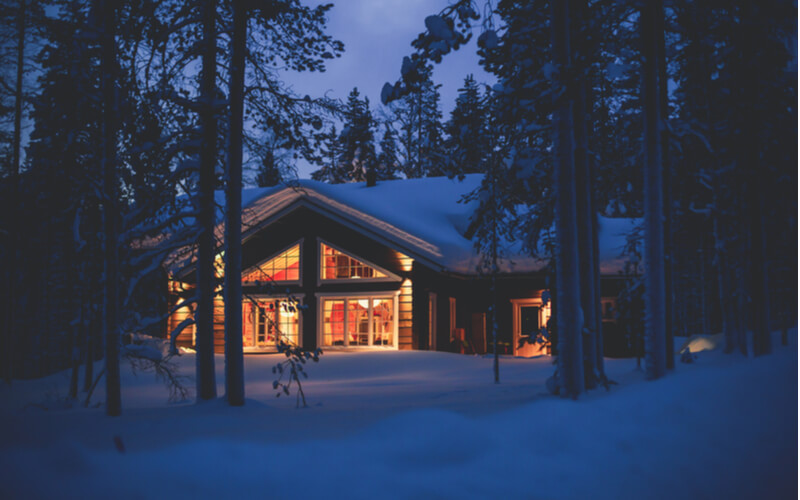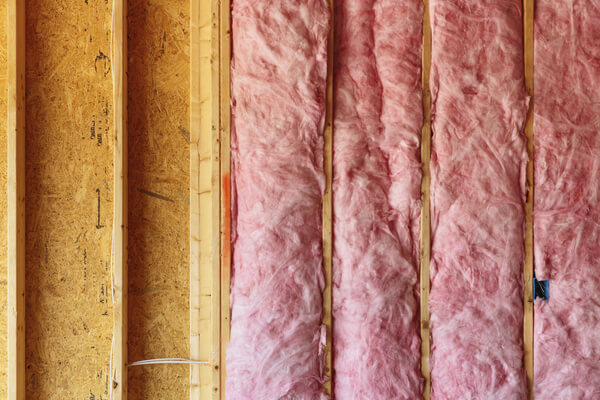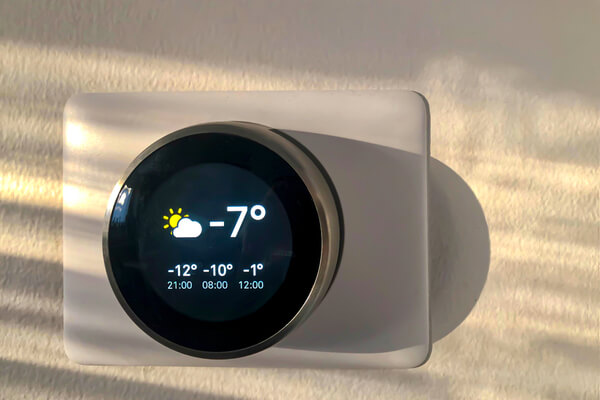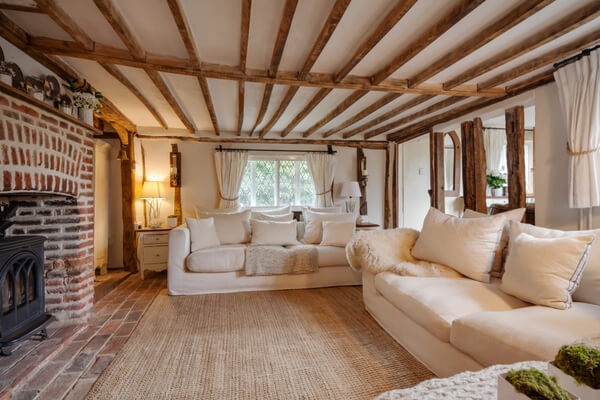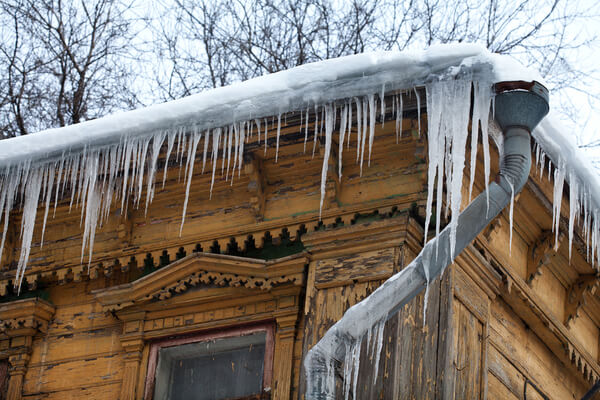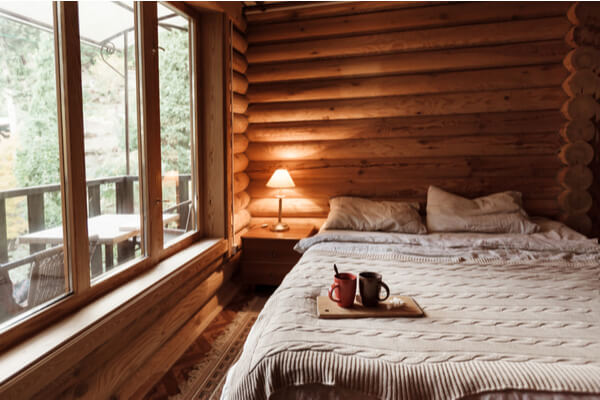It’s no secret that Canadians love their cottages and cabins. This love is so strong that many cottage owners are starting to winterize their properties so they can be used year-round. If you’re considering winterizing your cottage, it’s best to get started sooner rather than later. Here are five projects you can accomplish with the help of a pro to winterize your cottage or cabin this year.
1. Add New Insulation
Installing new or updating your old insulation is the first step to winterizing your cottage. Adding modern insulation will protect your property from cold winds, maintain the indoor temperature, reduce heating costs and help prevent leaks that damage interior walls. There are different types of insulation that you can add based on your budget, the specific area you want to insulate and the current insulation system you have. The most popular choices for Canadian cottage-owners are fibreglass, cellulose and foam. A local pro can help you choose specific insulation along with radiant and vapour barriers and install it for you.
2. Update Heating System
Whether you’re at your house or at the cottage, every Canadian knows there’s nothing more unpleasant than being cold in your own home. The same goes for your cottage. Depending on how often you will use your cottage during the winter will impact the heating system you go with.
If you’re planning to visit the cottage only on weekends or just a few times during the winter, then you need an efficient heating system that can be easily turned on and off. Consider getting a smart thermostat so you can switch on the heating on your way to the cottage. This way by the time you arrive, you will be welcomed by a warm house. We highly recommend you get help from a professional heating specialist to update the heating system in your cottage.
3. Consider Carpet Flooring
When it comes to flooring, many Canadians prefer wood flooring as it gives a rustic look to the property. However, when it comes to retaining heat, the best cottage flooring is actually carpet! You can choose a specific colour and texture of carpet to cover the wooden floors of your cottage. It will complement the insulation running below the floor, help create a soundproof environment and you won’t have to worry about putting your bare feet down on the floor during winter. Based on your budget, you can also opt for vinyl flooring. You can divide certain areas of the cottage to get carpet and vinyl flooring for better heat protection and mobility.
4. Prevent Frozen Pipes
Plumbing is one of the first systems in any cottage that gets affected due to the sudden drop in temperature. If your plumbing pipes freeze, it stops water from easily flowing in and out of your cabin, making winter living even more difficult. If prevention methods are not used, your pipes could potentially freeze and burst, resulting in a flooded cottage.
To avoid getting into such situations you can insulate the pipes, use heat tape and cables, keep a check on the thermostat by maintaining the indoor temperature, disconnect all the outdoor hoses, faucets and valves and most importantly, seal all the leaks that you can find. You can also hire a local plumber to run an inspection on the pipes before winter and fix them if there’s any problems.
5. Upgrade Windows and Doors
Updating the old windows and doors of your cottage has numerous benefits and helps to create the perfect cozy winter cottage. Having secure insulated windows and doors will help reduce electricity bills by maintaining the core temperature of your cottage. If you get tinted windows, they will reduce the winter glare and make your home more energy-efficient. New windows will also reduce the chances of moisture saturation and the creation of mold. Be sure to hire a windows and doors specialist to update the windows and doors on your cottage.
Winterizing your cottage can be a big project to tackle on your own. For your own safety, we highly recommend you hire a local pro to get a consultation on how to properly winterize your cottage step by step. Whether you need to install new insulation or just add some new flooring, you can winterize your cottage for years to come.
